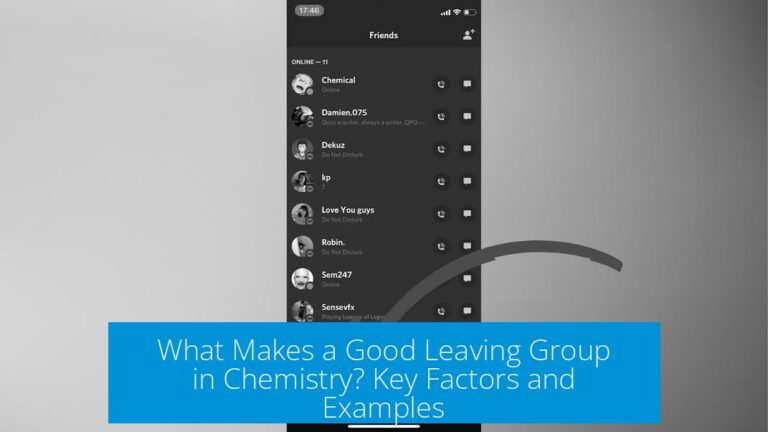Easiest Grad Programs to Be Accepted To?
The easiest graduate programs to gain admission to typically include those at lower-ranked public universities, newer or emerging programs in high-demand fields, online or professional master’s degrees, and state schools with larger enrollment capacities. Master’s programs generally have more flexible admission criteria than PhD programs. Admission success often depends on aligning your research interests with faculty and applying strategically across reach and safety schools.
Avoid Top-Ranked Graduate Programs
Top-ranked graduate schools tend to have robust competition. Programs in the top 20 usually have very selective admissions. Students interested in easier acceptance should examine program rankings and focus on those ranked lower. Lower-ranked schools tend to admit more students due to reduced competition.
- High-ranking programs focus on research output and prestige.
- Competition is intense with limited acceptance spots.
- Lower-ranked schools may sacrifice some prestige but offer more openings.
Master’s vs. PhD: Degree Type Matters
Admission criteria differ significantly between master’s and doctoral programs. Master’s (MS) programs, especially professional or applied ones, generally have more relaxed requirements. PhD programs seek candidates who demonstrate research potential and often fund only a few students.
| Degree Type | Admission Difficulty | Funding Availability |
|---|---|---|
| Master’s (MS) | Lower | Usually not funded |
| Doctoral (PhD) | Higher | Often funded |
Since many master’s students pay tuition without funding, programs often admit more students, thus easing acceptance. Conversely, PhD candidates compete for limited spots and stipends.
State Schools and Lower-Tier Public Universities
Lower-tier state universities and large public campus systems have bigger graduate programs with more seats. They are often less selective due to enrollment needs.
- Examples: University of Central Florida, Arizona State University, CSU campuses.
- Some state schools admit students with GPAs below 3.0.
- Facilities and faculty may still maintain good quality despite higher acceptance rates.
Applying to these institutions increases chances for students who may not meet the high-profile criteria of elite schools.
New and Emerging Graduate Programs
New graduate programs in interdisciplinary or emerging fields sometimes have deliberate recruitment efforts to build enrollment. Examples include:
- Bioinformatics
- Chemical biology
- Computational chemistry
These fields respond to growing industry demands, and programs may offer funding incentives. Admission barriers here tend to be lower as schools seek qualified candidates to establish the programs.
Matching Research Interests Outside Top Rankings
Graduate admissions, particularly for research degrees, depend heavily on the fit between applicants and faculty advisors. Applying to programs not just based on rank but on alignment with your research interests can improve chances of acceptance.
This personalized approach differs from undergraduate admissions, requiring applicants to convince principal investigators (PIs) to invest an acceptance spot.
Less competitive schools with faculty working in your specialty may welcome enthusiastic and aligned candidates.
Effects of Program Size and Acceptance Rate
Consider both percentage acceptance rates and the number of students admitted when choosing programs.
- Large programs may have low acceptance percentages but admit many students overall.
- Programs with small cohorts, even with higher acceptance percentages, admit fewer students total.
Therefore, applying to larger programs may statistically increase chances despite competitive rates.
Online and Professional/Applied Master’s Programs
Online master’s programs and professional degrees frequently offer flexible admissions. These programs focus on practical skills and attract working professionals.
- Examples: ASU Online, Southern New Hampshire University (SNHU).
- They rarely provide stipends or assistantships.
- Admissions criteria are often less stringent due to format and targeted audience.
Such programs are easier to access for students seeking graduate credentials without the intense competition of traditional, research-heavy PhD programs.
High-Demand Fields at Regional Schools
Programs serving fields with labor shortages or regional needs often admit more students. Examples include:
- Education
- Social work
Regional universities capitalizing on local workforce demands tend to have less competitive admissions. These programs provide practical training aimed at filling critical roles in their communities.
Application Strategy: Safety and Reach Schools
Applying strategically improves overall admission prospects.
- Include safety schools where admission is likely.
- Apply to one or two reach schools to challenge yourself.
- Unexpected admissions can occur even at reach programs.
This approach balances risk and opportunity, maximizing chances of acceptance across various program levels.
Academic Performance vs. Work Ethic
While GPA matters, it does not solely determine admission.
- Many successful graduate students have GPAs near or below 3.0.
- Programs consider research experience, work ethic, and fit along with academics.
- Enrollment pressures may lower GPA requirements at some schools.
Demonstrating dedication and potential can offset less-than-ideal academic records.
Key Takeaways
- Lower-ranked public universities and state schools often have easier admissions.
- Master’s programs generally admit more students than PhD tracks.
- New graduate programs in emerging fields seek candidates and may offer easier entry.
- Online and professional master’s degrees usually have flexible, less competitive admissions.
- Alignment with faculty research interests can improve acceptance chances in research programs.
- Applying to a blend of safety and reach schools maximizes admission potential.
- Work ethic and experience can compensate for lower GPA metrics.
What types of grad programs are generally easier to get into?
Lower-ranked public universities and newer programs in emerging fields tend to have higher acceptance rates. Online and professional master’s programs also often have less competitive admissions than traditional PhD tracks.
Does choosing an MS over a PhD program affect admission chances?
Yes. Master’s programs usually have lower admission requirements than PhD programs, even at prestigious schools. They often don’t offer funding, which lowers the bar for acceptance.
How does research fit influence admission chances in grad school?
Admissions often depend on matching with a professor’s research interests. Applying to schools outside the top tier but aligned with your research can improve your chances of acceptance.
Are there specific fields or schools that tend to admit more students?
High-demand fields like education or social work, especially at regional schools, usually have easier admissions. Large state schools with big programs also admit more students due to enrollment needs.
Does GPA play the biggest role in grad admissions?
Not always. Some programs admit students with GPAs around 3.0 or lower if they show strong work ethic, research experience, or a good fit with the program. GPA is just one factor.





Leave a Comment